PRESS RELEASE
New hope for sharks and rays as work begins on zoning Marine Protected Area
Palawan, Philippines, 10 May 2019 - Scientists from World Wide Fund for Nature (WWF) Philippines and Large Marine Vertebrates Research Institute Philippines (LAMAVE) have set up an acoustic network to study shark and ray movements and habits in Cagayancillo. The research, funded by WWF-Singapore, is part of a three-year large marine protected area project in North Eastern Palawan. The acoustic technology will give the team an insight into identifying key habitats for sharks and rays to effectively zone and develop Cagayancillo’s 1M-hectare Marine Protected Area (MPA).
The acoustic network consists of a number of acoustic receivers (underwater listening devices) that are placed underwater at a depth of 20-30 meters on strategic areas of the islands and atolls. The receivers “listen out” for “pings” transmitted by acoustic tags attached to select sharks and rays. The team successfully deployed three new receivers and replaced one that was deployed in Arena, an atoll in the south of Cagayancillo, in June 2017. Later this month the team aims to tag sharks in Cagayancillo waters, an output that was thwarted in April by rough weather and low encounters with sharks.
Cagayancillo is a remote archipelagic municipality in the heart of the Sulu Sea that lies 330 km east of Puerto Princesa and 170 km away from Tubbataha Reefs Natural Park. In 2016, the Local Government Unit declared the municipality the largest multi-use marine protected area in the Philippines. Unlike Tubbataha, which is a strict no-take zone, the Cagayancillo multi-use marine protected area currently accommodates sustenance fishing, seaweed farming and commercial fishing, with current restrictions only designated to marine reserves within the MPA. The deployment of the acoustic network is one step in a wider research study towards zoning the MPA, with fish and coral studies also being carried out in a holistic approach to managing the ecosystem.
The research boat MY Navorca positioned off Cawili Island, Cagayancillo (Credit: Gonzalo Araujo|LAMAVE)
Seaweed farmer on Cawili (Credit: Sally Snow|LAMAVE
The acoustic network will enable the team to understand how sharks and rays are using Cagayancillo’s diverse habitats. The frequency of pings collected by different receivers will shed light on important areas for the species and give an insight into why species may be spending time there.
The success of Tubbataha Reefs Natural Park is a clear inspiration for the municipality of Cagayancillo, whose goal is to protect municipal waters to safeguard the ecological and economical importance, ensuring a thriving ecosystem for its people both for sustenance and economic gain through tourism. This research by WWF-Philippines and LAMAVE will provide a scientific perspective on the marine resources and how best to protect them, information that aims to compliment local knowledge.
“Working with the people of Cagayancillo in protecting the marine environment has always been striking the balance between safeguarding the marine wildlife and sustaining livelihoods. How to connect the lives of rays and sharks with that of the local communities, in real terms, remains to be the challenge we face. We earnestly hope that science and insights from the locals themselves will show us the way.”
The research team (Credit: Sally Snow|LAMAVE)
Arena’s stunning coral reefs (Credit: Sally Snow|LAMAVE).
Notes to the Editor
Large Marine Vertebrates Research Institute Philippines (LAMAVE) is the largest independent non- profit non-governmental organisation solely dedicated to the conservation of marine megafauna and their habitats in the Philippines. LAMAVE strives for conservation through scientific research, policy and education. www.lamave.org
WWF-Philippines has been working as a national organisation of the WWF network since 1997. As the 26th national organisation in the network, WWF-Philippines strives to protect some of the most biologically significant ecosystems in Asia. www.wwf.org.ph
If you would like more information about this topic, please contact Sally Snow s.snow[@]lamave.org
PDF version of this Press Release available HERE. Photos are available upon request.
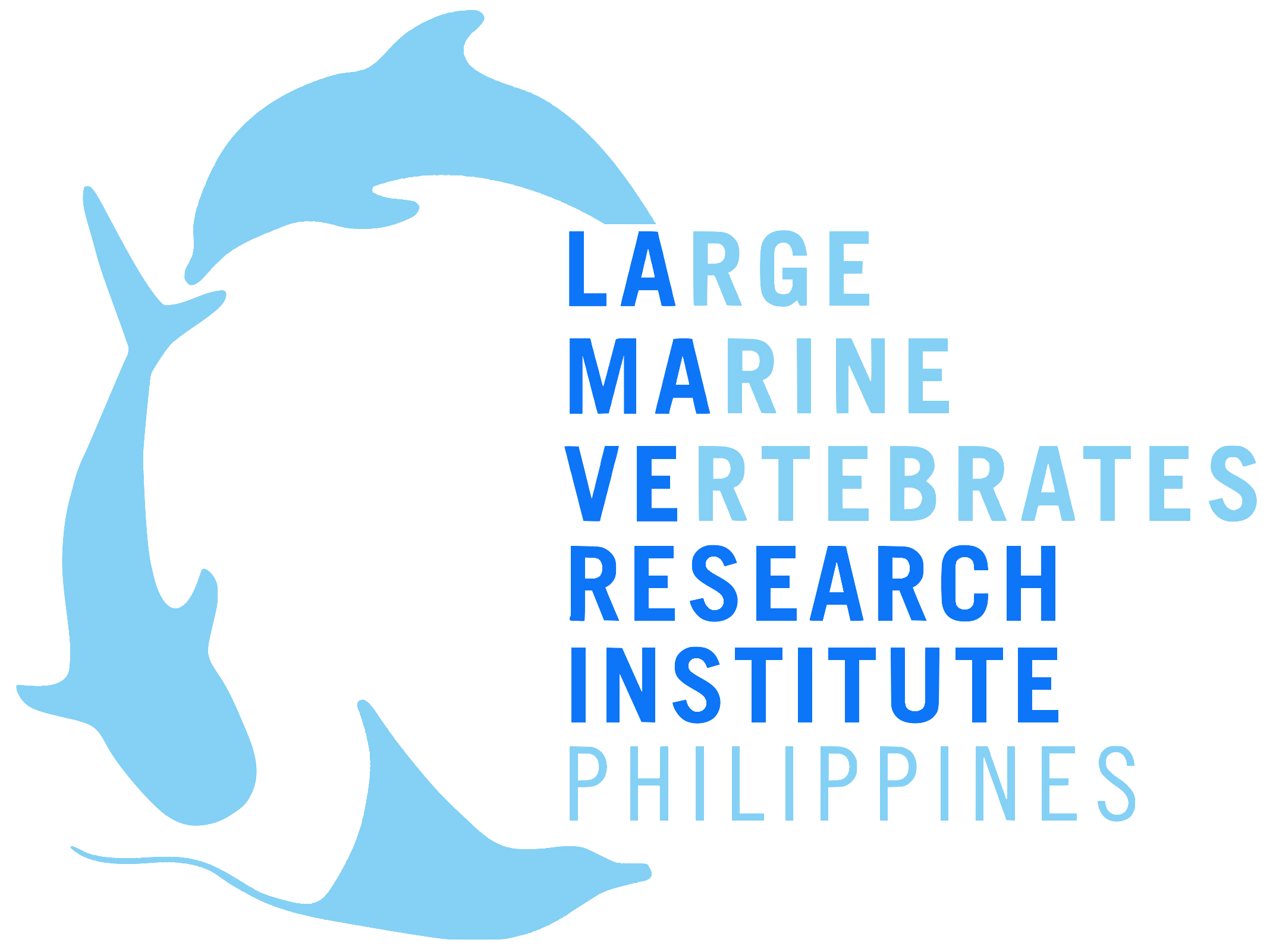
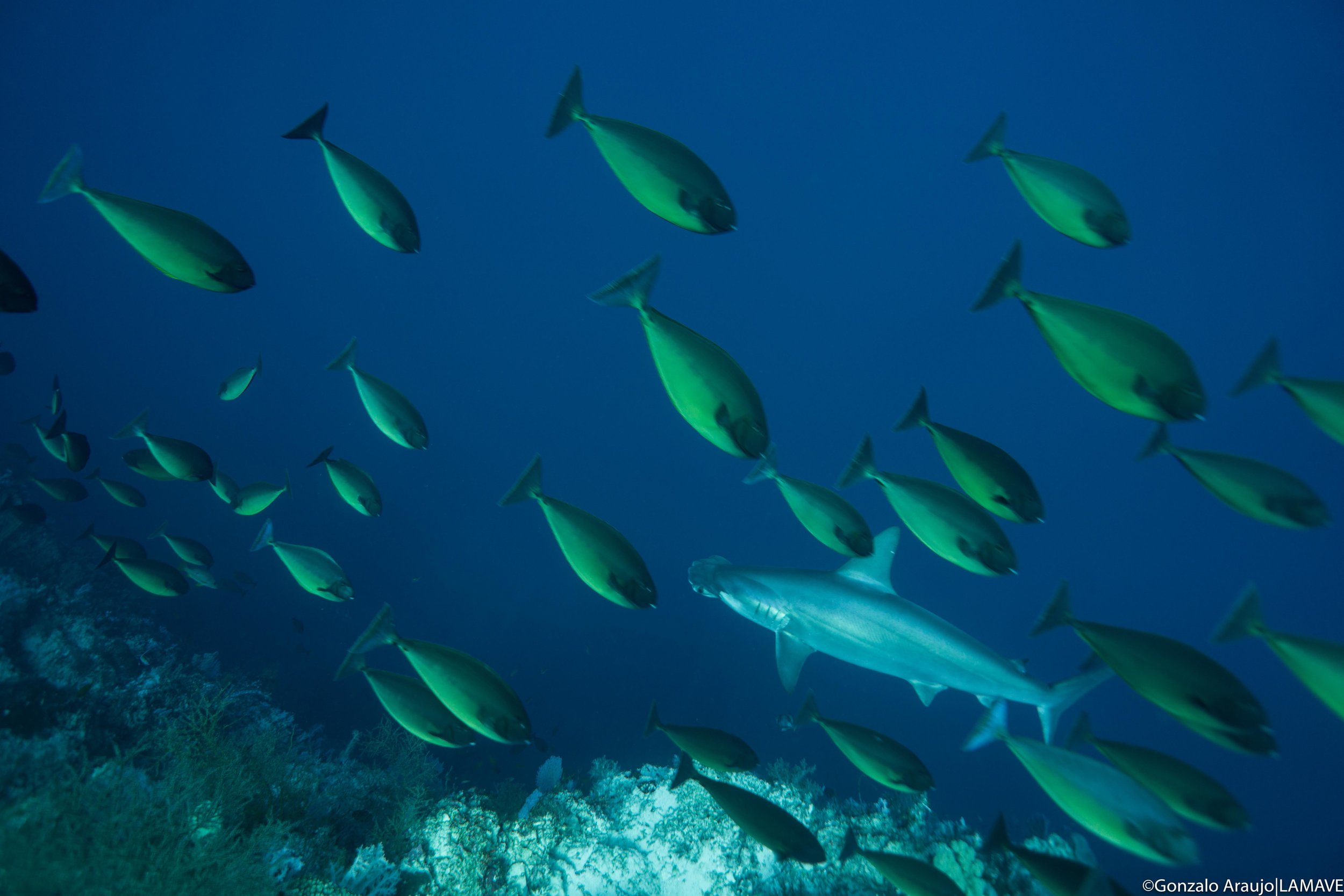
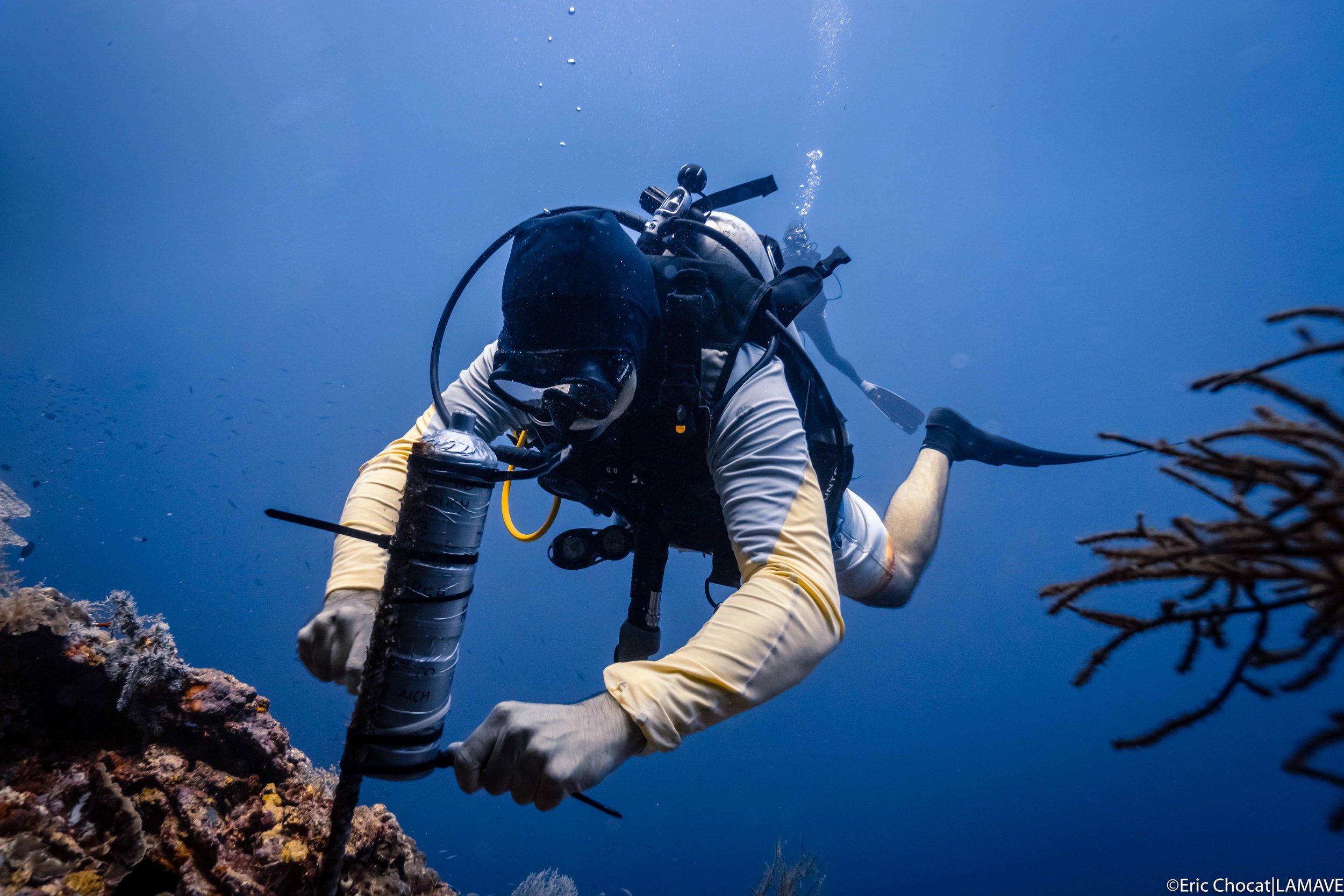
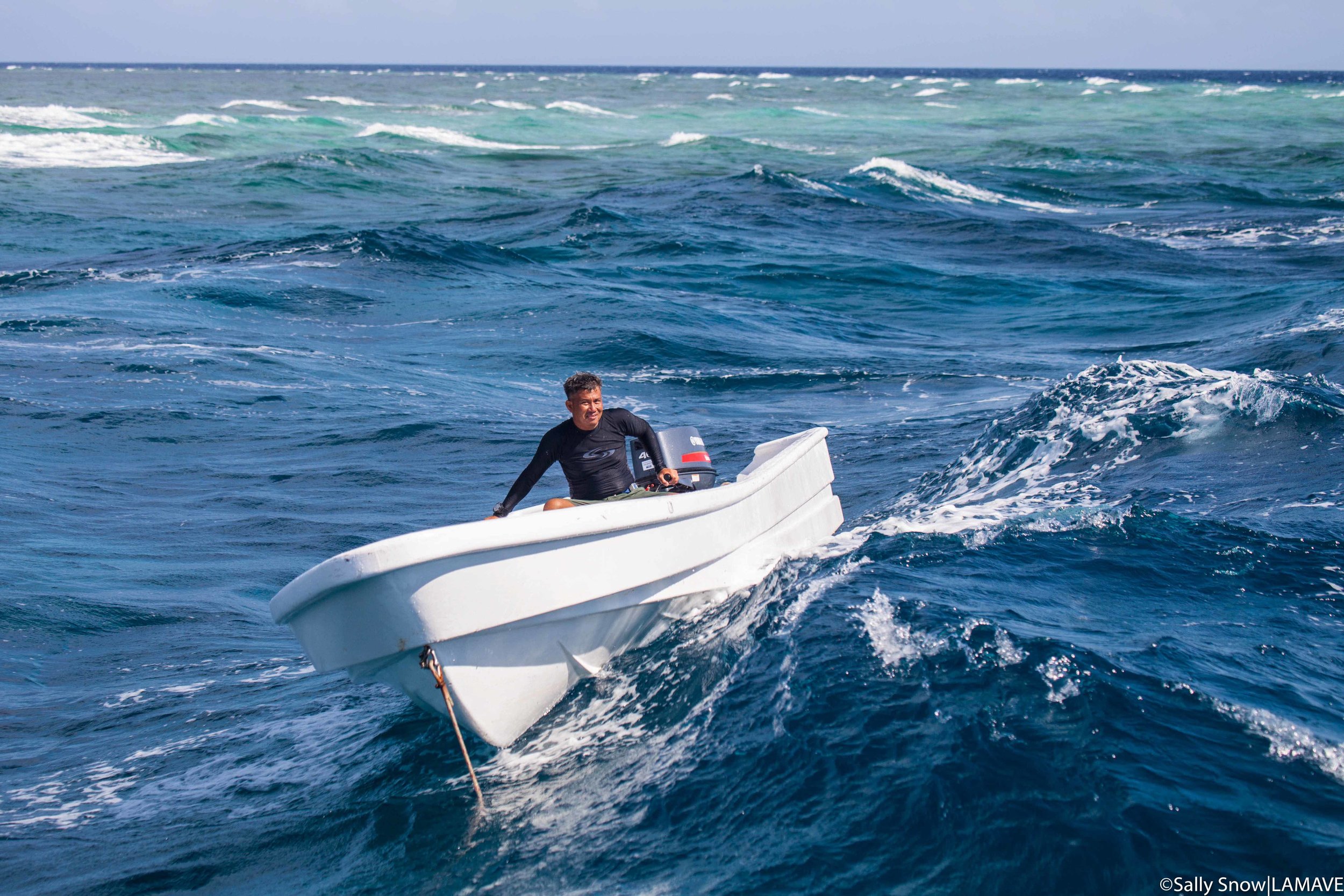

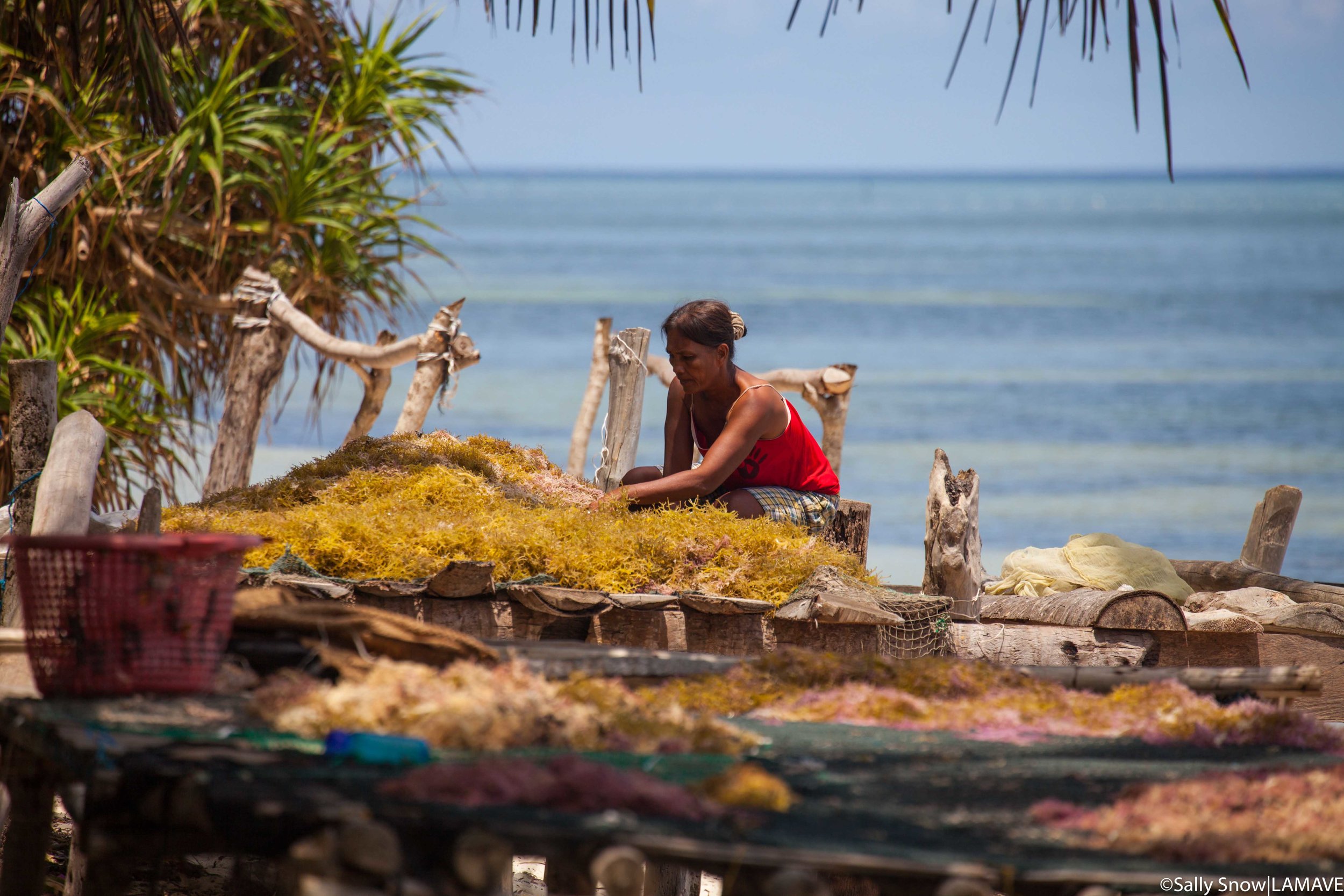




All LAMAVE team members are safe after #TyphoonOdette (Rai).
The team in Puerto Princesa City Palawan have just received access to communications through SMART (Wed 22 Dec)…